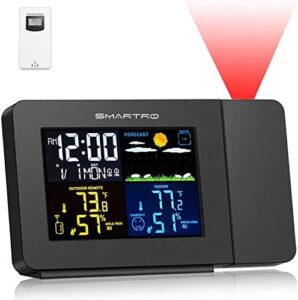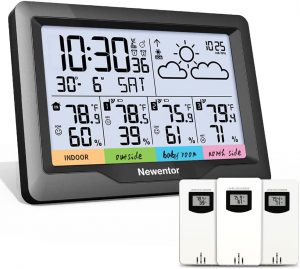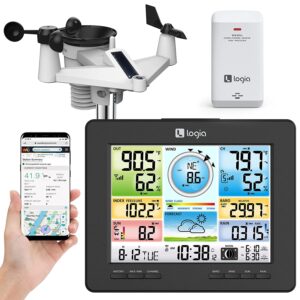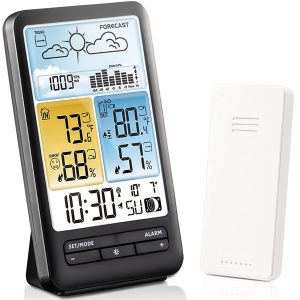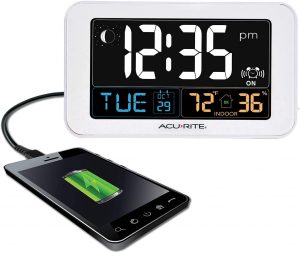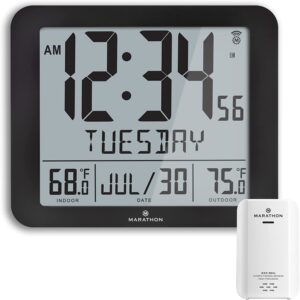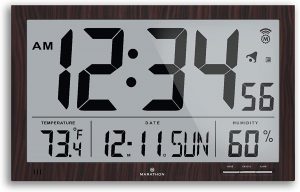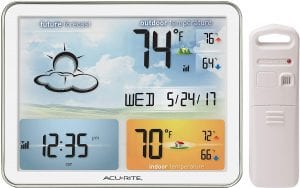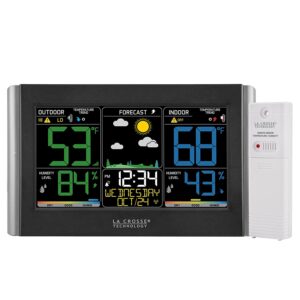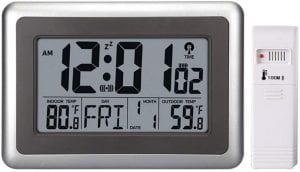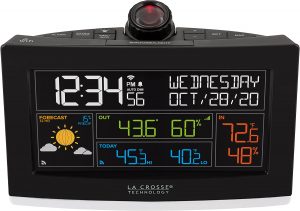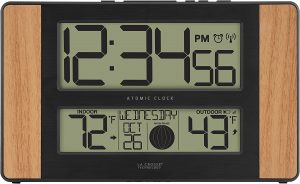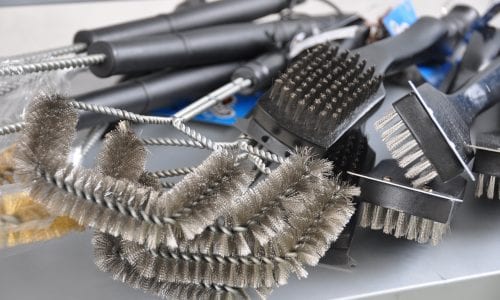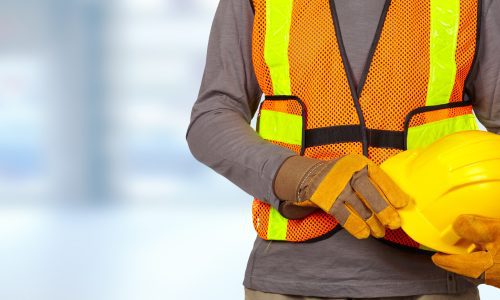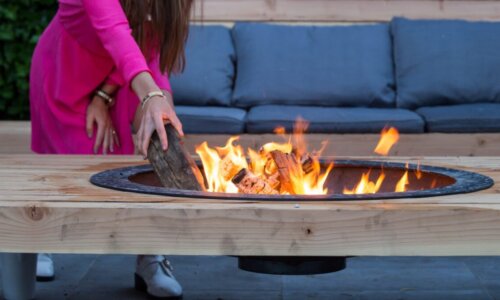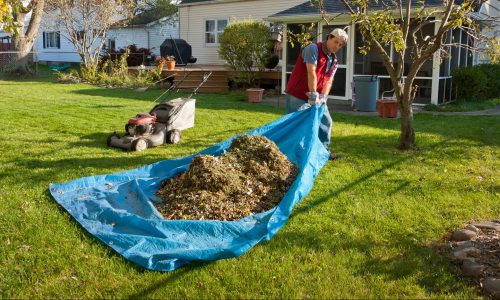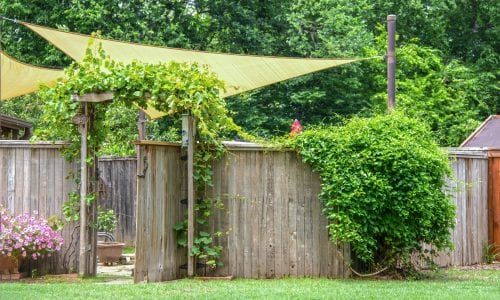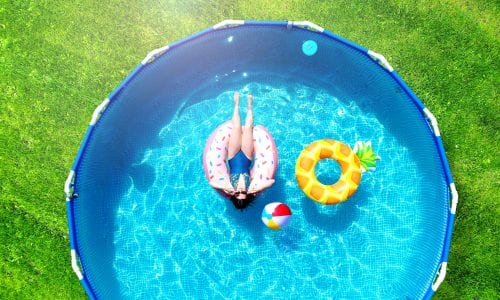The Best Weather Monitoring Clock
We looked at the top 12 Weather Monitoring Clocks and dug through the reviews from 39 of the most popular review sites including and more. The result is a ranking of the best Weather Monitoring Clocks.
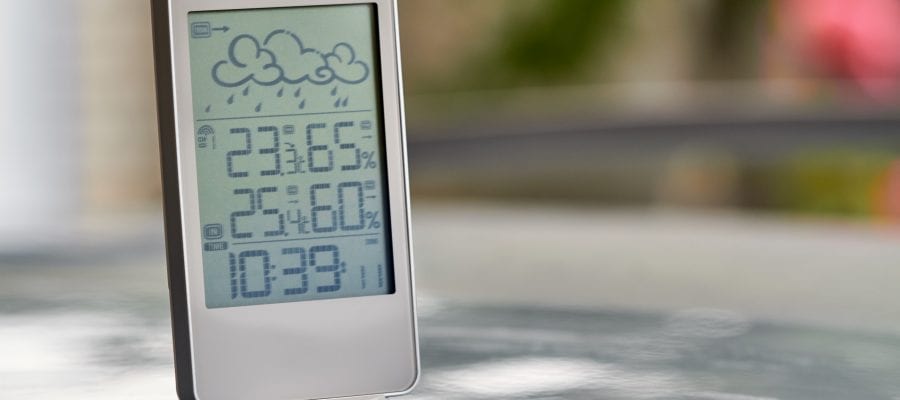
Our Review Process
Don't Waste Your Money is focused on helping you make the best purchasing decision. Our team of experts spends hundreds of hours analyzing, testing, and researching products so you don't have to. Learn more.
Our Picks For The Top Weather Monitoring Clocks
- 1. SMARTRO Digital Adjustable Brightness Weather Monitoring Clock
- 2. Newentor Battery Powered LCD Weather Monitoring Clock
- 3. Logia Corded Electric Professional Weather Monitoring Clock
- 4. KALEVOL Digital Wireless Weather Monitoring Clock
- 5. AcuRite Corded Electric Alarm Weather Monitoring Clock
- 6. Marathon Easy Read Multiple Modes Weather Monitoring Clock
- 7. Marathon Contemporary Digital Weather Monitoring Clock
- 8. AcuRite Self-Calibrating Forecasting Weather Monitoring Clock
- 9. La Crosse Technology Adjustable Backlit Weather Monitoring Clock
- 10. UMEXUS Automatic Time Desk & Wall Weather Monitoring Clock
- 11. La Crosse Technology Freestanding WiFi Weather Monitoring Clock
- 12. La Crosse Technology Multiple Time Zone Weather Monitoring Clock
Not only is the LCD screen on this weather monitoring clock easy to read, but it also allows for adjusting the brightness levels to increase viewing. The device is nice and compact and able to provide weather forecasting for up to 12 hours in the future.
Easy to ReadThis weather monitoring clock includes two alarms and a snooze option for just a few more minutes of shut-eye.
With this weather monitoring clock, you'll be able to keep track of three different locations. Place one sensor outdoors, one in your living room and one in the baby's nursery. Then keep track of the temperature and humidity levels in each space on the 6-inch digital monitor.
Sets Up in SecondsThis weather monitoring clock is able to provide forecasts of up to 12 hours in the future.
Keep track of the conditions both inside and outside of your home with this handy weather monitoring clock. The device keeps track of temperature, humidity, wind speeds, UV ratings and much more. You can even set the alarm up to issue alerts, so you always stay weather prepared.
Choice of BackgroundsThis weather monitoring clock comes with a choice of a bright background with dark numbers or a dark background with bright numbers.
The large color display screen on this weather monitoring clock makes it easy to read at a glance. Use the device to check the time, atmospheric pressure index, temperature and humidity level. It also displays the current moon phase and future weather forecast.
Budget-Friendly OptionYou'll get all the features you're looking for with this weather monitoring clock, but at a much lower cost.
Buying Guide
You probably have clocks around your home, but how helpful are they? Do they tell you the temperature, day of the week and date? What about moon phases? If they don’t automatically update the time, you’ll have to reset your clocks twice a year, due to the time change, and you may even have to reset them if there’s a power outage.
A weather monitoring clock keeps you up to date on the outside temperature and, in some instances, the temperature inside your home, as well. Some update you on the outdoor humidity and others provide icons keeping you updated on the current moon phase. You’ll probably also want a weather clock that displays the current time fairly prominently, as that’s the information you’ll probably view most often.
When looking for a weather clock, the thermal sensor is the most important feature. Chances are, your clock will be remotely sensing the outside temperature, and you’ll want the freedom to be able to set it anywhere without having to worry about interference. Look for a clock that has a strong thermal sensor that can monitor outdoor temperatures from the area you plan to place it.
Modern weather stations use wireless technology to get the latest weather readings. You’ll place a wireless transmitter outside your house, then set the clock in an area of your home where a connection can be maintained at all times. The best weather monitoring clocks can read from as far as 300 feet away, but there are factors that can interfere. You shouldn’t attach the sensor to a metal fence or near electrical wires, for instance, because you’ll experience interference if you do. Within your home, items like metal objects, concrete walls and wireless routers can get in the way. The best course of action is to set your transmitter and clock up, then if you experience issues, troubleshoot what objects might be interfering.
Why we recommend these weather monitoring clocks?
Products Considered
Products Analyzed
Expert Reviews Included
User Opinions Analyzed
Our experts reviewed the top 12 Weather Monitoring Clocks and also dug through the reviews from 39 of the most popular review sites including and more. The result is a ranking of the best of the best Weather Monitoring Clocks.
DWYM is your trusted roduct review source. Our team reviews thousands of product reviews from the trusted top experts and combines them into one easy-to-understand score. Learn more.
What to Look For
- The strength of the sensor is perhaps the most important feature in a weather monitoring clock. You’ll need a built-in wireless sensor, as well as a remote sensor that you’ll place outside. The indoor remote sensor will give you input on the weather conditions inside your home, including humidity and temperature, while the outdoor one provides the outside weather information you want.
- The next deciding factor will likely be the type of information you see on the screen. As useful as the weather is, it also helps to have an all-in-one unit that gives you other data you need. You’ll find many weather monitoring clocks provide the date, time and day of the week. Many others go beyond that. If you want your temperature displayed in Celsius, for instance, you’ll have to search for a clock that offers that. You may also like clocks that provide graphics with your weather, such as rain or snow, in the temperature area. If you’re interested in the current phase of the moon, you can find weather monitoring clocks that address that, as well. If you don’t want a particular information type, make sure the clock you choose allows you to turn that part of the display off and, ideally, replace it with something you find more useful.
- You’ll either hang your weather monitoring clock somewhere or you’ll set it on your desk. It can help to have the option of both if you ever change your mind. Make sure your clock comes with a mount for hanging, a stand for setting it on a table or desk or both, if you think you might want to change it up someday.
- As you’re shopping, pay attention to how your clock will be powered. A clock that includes extended-life batteries can be well worth the extra expense over one that will need its batteries replaced regularly. If your clock will plug into a wall outlet, this might not be the best option for hanging on the wall. Even if your clock will be on a desk, make sure you can install a backup battery to keep your clock functional during power outages, particularly if you’ll rely on it to wake you up in the morning.
More to Explore
It can be easy to take advantage of how much we know about weather patterns, but there was a time, not so long ago, when snow, rain and storms couldn’t be detected in advance. Before the Renaissance, philosophers speculated on weather events, but it became clear they needed tools to forecast accurately. In the 1400s, an instrument called a hygrometer was used to measure humidity in the air, followed by the thermometer developed by Galileo Galilei in the late 1500s. In the 1600s, the barometer allowed weather forecasters to measure atmospheric pressure. Today, meteorologists combine their own expertise with computer models to provide the most accurate weather predictions possible.

